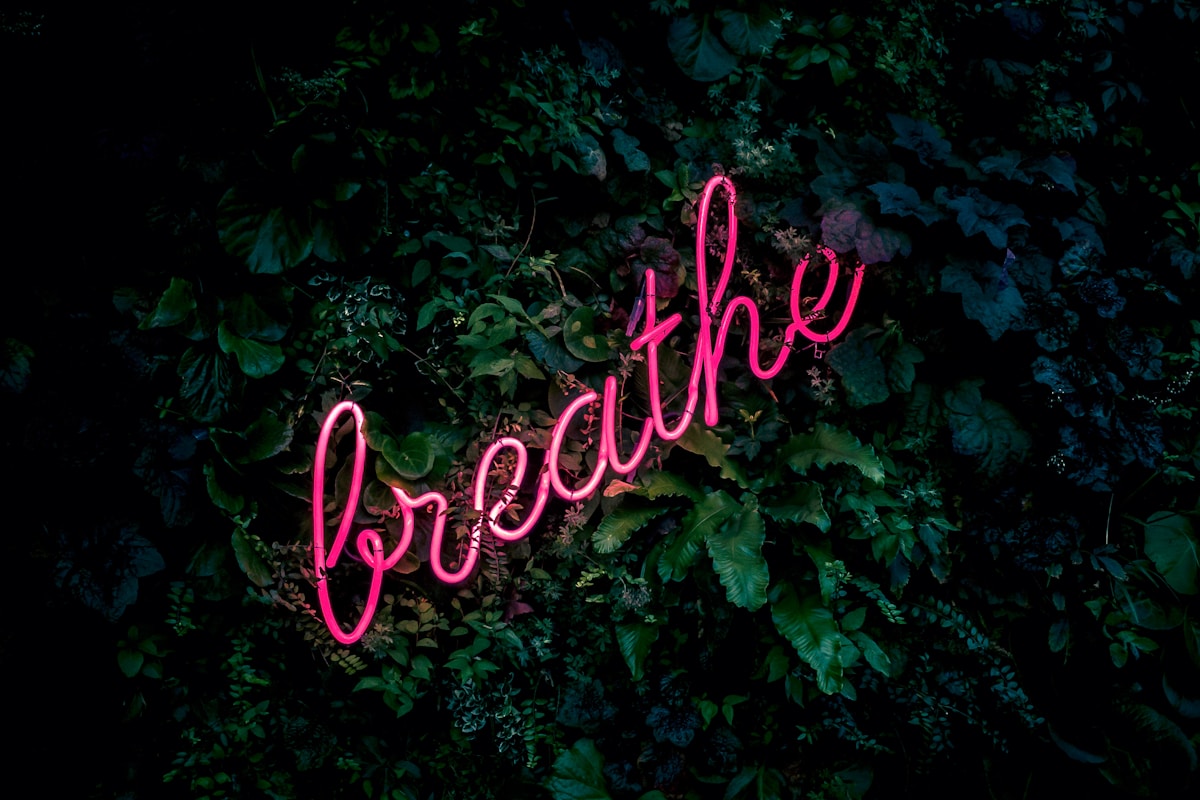key insights on yoga and pranayama (4/4)

- When the breathing becomes deep we become calmer and in tune with the inner tranquility within us. We are able to soothe our mind and gain better control over our body.
- “The restless monkey breathes at the rate of 32 times a minute, in contrast to man’s average 18 times. The elephant, tortoise, snake and other animals noted for their longevity have a respiratory rate that is less than that of man. The tortoise for instance, who may attain the age of 300 years, breathes only 4 times per minute.” — Paramahansa Yogananda, Autobiography of a Yogi
- The Vedas teach that the faster we breathe, the faster we die. It’s akin to managing our money. The quicker we spend it, the sooner we go broke. If we slow down our breathing rate by practicing pranayama, we can live a longer, disease-free life.
- It is important that you choose the method and sequence of breathing exercises that work best for you and commit to doing it every single day.
- Here is the sequence of breathing exercises (in order) advised by Swami Ramdev:
- Bhastrika Pranayama (Bellows Breath)
- Kapalabhati Pranayama (Rapid Exhalation/Skull Shining Breath)
- Bahya Pranayama with TriBandha (Breath Retention)
- Ujjayi Pranayama (Ocean Breath)
- Anulom-Vilom Pranayama (Alternate Nostril Breathing)
- Bhramari Pranayama (Bee Breath)
- Udgeeth Pranayama/Omkar Japa (Chanting ‘Om’)
- Book Recommendation:
- Pranayama Rahasya (With Scientific Factual Evidence) (New Revised Edition of Pranayama: Its Philosophy & Practice) by Swami Ramdev. (Swami Ramdev also has various YouTube videos and other resources online that can help you out in your journey.)
- Amazon link: https://amzn.to/35KwOZX
- Learning the different yogic breathing exercises positively impacts our thoughts and our actions.
- Every thought that we have influences the rhythm of our breath. When we are happy, breathing is rhythmic, and when we feel stressed or overwhelmed, breathing becomes irregular. As we master the art of controlling our breath, we cultivate the ability to influence our thoughts as well.
- Learning breathing exercises is a crucial step that we all can take towards self-healing and survival.
- Pranayama is the easiest and most effective way to ensure great health and well-being of both the body and the mind. A short practice every day can go a long way in making sure that our body remains active and disease-free over the course of our lifetime.


